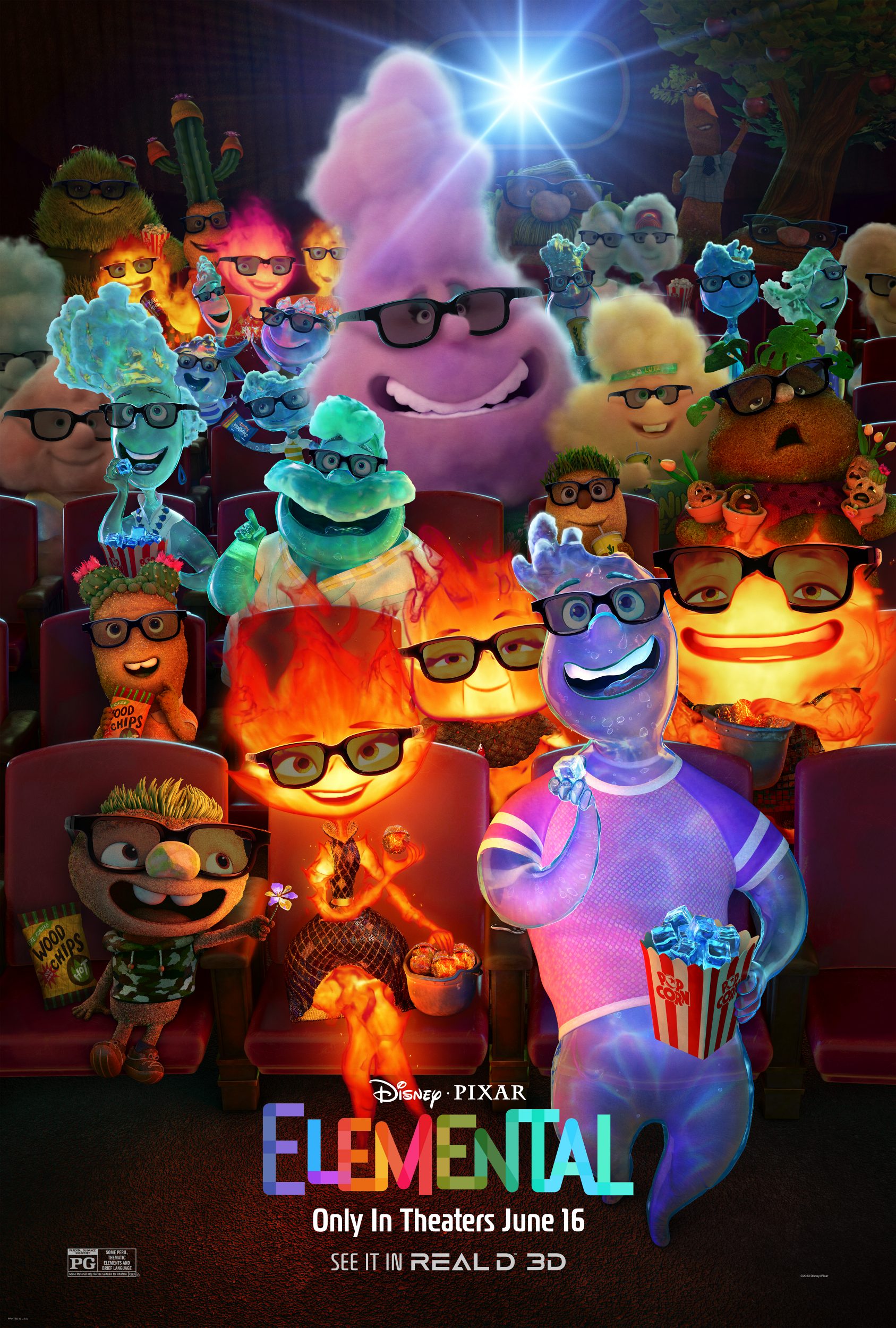
rango

Title: "Unleashing the Power of the Elements: Exploring the Fascinating World of Elementals" Introduction: In the rich tapestry of nature and mythology, the concept of elemental forces has captivated human imagination for centuries. Earth, water, fire, and air—the classic elements—have been revered and personified in various cultures around the world. These elemental forces, often depicted as powerful beings known as elementals, embody the raw, untamed power of nature. In this exploration, we delve into the captivating world of elementals, where the very building blocks of existence come to life. The Classical Elements: The classical elements—earth, water, fire, and air—form the foundation of many ancient philosophical and religious traditions. Each element is believed to possess unique characteristics and energies that influence the natural world. Earth, associated with stability and groundedness; water, symbolizing fluidity and emotion; fire, representing transformation and energy; and air, embodying intellect and communication. These elements are not only physical substances but also metaphysical concepts that shape the way cultures perceive and interact with the world around them. Elementals in Mythology: The concept of elementals has been woven into the fabric of mythologies across diverse cultures. In ancient Greece, for example, the Greeks believed in spirits known as "daimons," entities associated with specific elements. Nymphs, ethereal beings connected to water, and Salamanders, fire-dwelling creatures, are examples of elementals found in Greek mythology. Similarly, in ancient Hindu traditions, there are beings like the Gandharvas associated with the air element and Nagas connected to water. Elementals in Folklore: Elementals have also found their way into folklore and fairy tales, captivating the imaginations of storytellers and audiences alike. Gnomes, small earth-dwellers, and undines, water spirits, populate European folklore. These beings are often portrayed as guardians or custodians of their respective elements, embodying the essence and characteristics of the natural forces they represent. In many tales, elementals serve as intermediaries between the human world and the mystical realms of nature. Contemporary Interpretations: In contemporary fantasy literature and popular culture, the concept of elementals has been reimagined and expanded upon. From video games to movies, elementals are frequently featured as powerful entities with the ability to shape the world around them. Elemental magic systems, where characters harness the power of the elements, have become staples in fantasy storytelling, adding depth and dynamism to fictional worlds. Real-World Elemental Influences: While the idea of anthropomorphic elementals is rooted in mythology and folklore, the elements themselves continue to influence our daily lives in profound ways. From the calming effect of a walk in nature (earth) to the soothing sound of rainfall (water), the warmth of a fireplace (fire), and the refreshing breeze on a summer day (air), our connection to the elements remains palpable. Understanding and respecting these elemental forces is not only a cultural and mythological endeavor but also a way to appreciate the tangible impact they have on our well-being. Conclusion: The fascination with elementals, whether rooted in ancient myths or reimagined in modern storytelling, speaks to the enduring allure of the natural world. The elements, as both symbolic concepts and tangible forces, continue to shape our understanding of existence. Whether we encounter them in ancient texts, fairy tales, or contemporary fiction, the elemental forces and their personifications as elementals remind us of the profound and enduring connection between humanity and the natural world. In exploring the realm of elementals, we uncover a timeless narrative that resonates across cultures and ages, inviting us to appreciate the beauty and power inherent in the very elements that surround us.


0 comments: